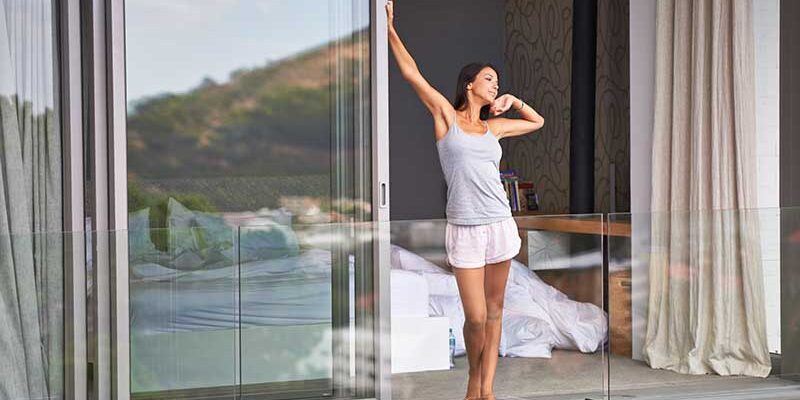Sliding glass doors are a prominent architectural feature in modern houses and commercial buildings, providing not just natural light and panoramic vistas, but also a seamless transition between interior and outdoor spaces. Beyond their utilitarian benefits, sliding glass doors provide several customization choices to suit a variety of architectural styles and personal tastes. Let’s look at the several customization options for sliding glass doors, such as sizes, colors, and finishes.
Choosing the Right Size
The size of a sliding glass door has a significant impact on both the aesthetic and functional features of a space. Custom measurements enable homeowners and designers to make doors that precisely fit the dimensions of an opening, whether it’s a wide entry to a patio or a narrower departure to a balcony. Large, large doors can serve as a grand entry, creating a prominent focal point, whilst smaller doors can be created to fit into more tight rooms without overwhelming them.
A Spectrum of Colors
Color is a critical component in door customisation. Sliding glass doors are available in a number of frame colors to compliment or contrast with the rest of your home’s décor. Traditional white or black frames have a classic appearance, but manufacturers can offer a variety of colors from subtle grays to bright blues. Some providers also offer the opportunity to color match frames to existing decor, giving you endless options for matching your doors to your home’s color design.
Finishes that are fascinating
The finish of the sliding glass door frame is an important factor in determining its character. There are numerous finishes available, ranging from matte and glossy to textured alternatives. Aluminum frames, for example, can be anodized to prevent corrosion, tinted for color depth, or textured to resemble wood or metal. Wooden frames can be painted, stained, or varnished to enhance their inherent beauty or add a specific color.
Glass Varieties
The type of glass used impacts both the appearance and functionality of the door. Clear glass provides a perfect perspective, tinted glass reduces glare and increases privacy, and frosted or etched glass adds a decorative element while still allowing light to permeate. High-performance glass with low-emissivity (Low-E) coatings can also help to increase energy efficiency by blocking UV radiation and regulating indoor temperatures.
Hardware Customization
The hardware for sliding glass doors, such as knobs, locks, and tracks, can also be modified. Sleek, minimalist handles can enhance a modern style, whereas elaborate handles may fit a more traditional decor. Hardware finishes range from brushed nickel to bronze, adding both functionality and flair to the doors.
Smart Features
In the age of smart homes, sliding glass doors can be outfitted with electronics for added convenience and protection. Options include automated opening and shutting systems that can be managed via smartphone apps, as well as integrated security locks that notify homeowners if the doors are left unlocked.
Integration of Architectural Styles
Customization options for sliding glass doors allow them to fit into any architectural style. Large glass panels with tiny, barely-there frames could work well in a minimalist modern home. In contrast, a traditional home may benefit from hardwood frames with grilles that resemble classic window types.
Sliding glass doors are more than just a way to navigate between places; they also serve as a canvas for personal expression and design integration. With so many customization options available—from size and color to finishes and advanced features—homeowners can guarantee that their sliding glass doors improve both the practicality and visual appeal of their living space. Consider how custom sliding glass doors can enhance your project, whether you’re building a new house or remodeling an old one.





